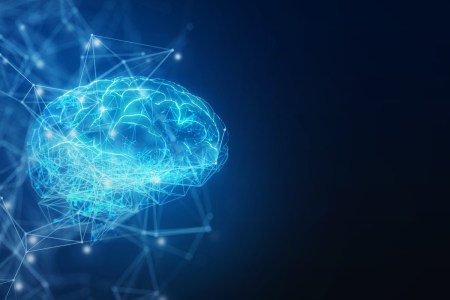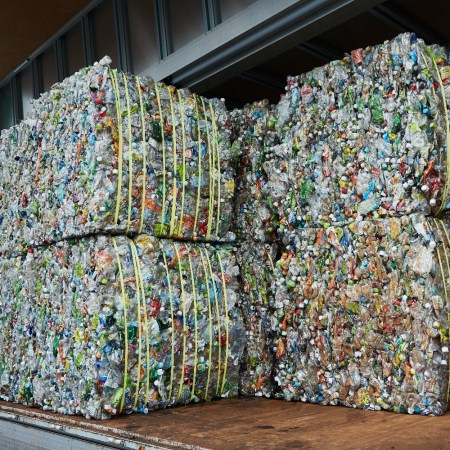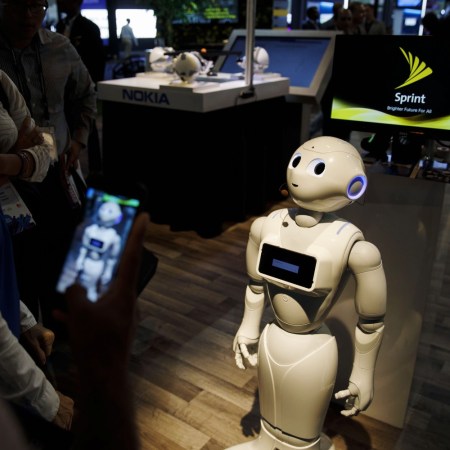There comes a point in many an ominous science fiction story where the heroes realize that the robots they’ve been building have evolved to the point where they’ve begun building…their own robots. Cue the ominous music and the sense that all bets are off; cue the realization that things are likely to get much more dystopian from here. It’s like the old Onion story about dolphins evolving thumbs, but with robots. And now, it’s apparently become a reality.
As Polly Thompson writes at Business Insider, a group of scientists representing MIT, the company AiZip and several universities in the University of California system say that they have come up with a way for complex AI models to create simpler AI models on their own.
An article by Ryan Morrison at Tom’s Guide has more details on what the applications of this technology could be, which is less about robots taking control of human society and more about making wearable technology more personalized. The example cited in Morrison’s article is that of a pair of running shoes which could adapt to the specific gait of the person wearing them.
“Brain and body sensing in a wearable format requires efficient AI models that can be deployed at the edge,” UC San Diego’s Gert Cauwenberghs told Tom’s Guide. “The technology at Aizip enables transformative applications in bio- and neuro-engineering.”
Could AI and Machine Learning Expand What We Know About Alzheimer’s?
It’s part of a growing medical trendMorrison’s article details some other possible scenarios for this technology, including a coffeemaker that could use facial recognition to prepare a personalized cup of coffee and a dishwasher that optimizes washing patterns based on the dishes, cups and cutlery inside of it. It’s not hard to see the appeal of this technology — though questions of cost and maintenance remain up for debate.
This article was featured in the InsideHook newsletter. Sign up now.



















